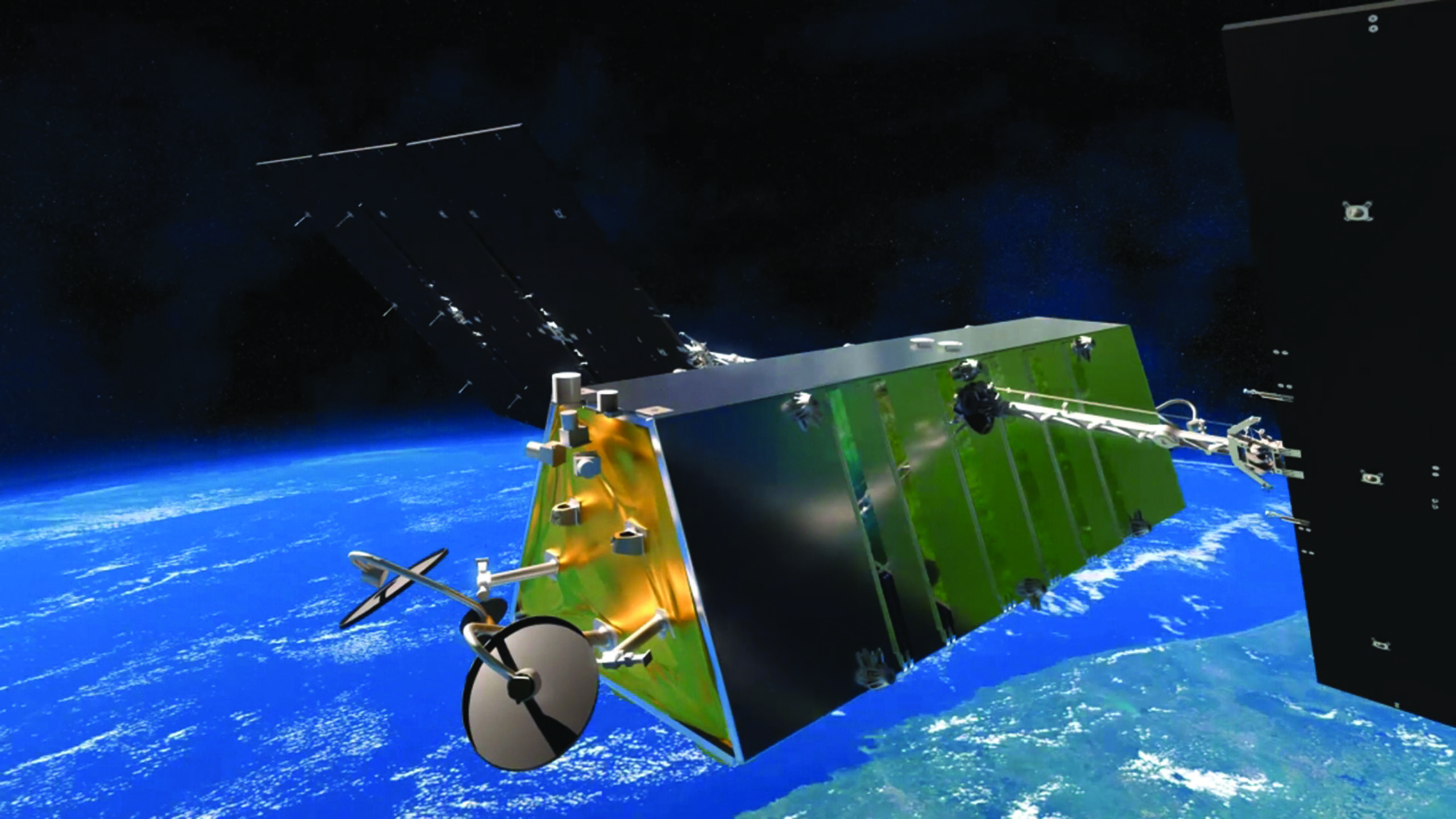COLORADO SPRINGS — Telesat has upgraded a quarter of its planned low Earth orbit constellation as supply chain issues force it to consider ordering fewer satellites for the delayed broadband network.
The Canadian company’s plan to double the antennas onboard Telesat Lightspeed’s first 78 satellites brings the constellation back to a single satellite design that, according to a company executive, will help cut costs as production delays push out the service’s debut a year to 2026.
These initial satellites are destined for polar orbits and the changes mean they will have two pairs of antennas like the inclined satellites planned for the rest of the constellation, said Erwin Hudson, Lightspeed’s system development vice president.
Telesat had previously decided to make its polar satellites smaller than the 220 slated for inclined orbits, and with just one pair of antennas to accelerate production.
Thales Alenia Space, which Telesat announced February 2021 had been picked to build 298 Lightspeed satellites, had hoped slimming down the initial set of spacecraft would clear the way for earlier tests in LEO.
However, Thales ran into production issues later in 2021 that affect the whole constellation, and there is now “no benefit to building lesser capacity satellites for polar,” according to Hudson, who said Canada-based MDA is supplying the antennas.
Under the original plan, the initial 78 polar satellites were to be followed by 110 larger satellites in inclined orbits to reach global coverage, and then another 110 to enable Lightspeed to provide 15 terabits per second of capacity globally.
Telesat is now weighing the merits of initially ordering just 188 for reaching global converge, or raising more money as inflationary pressures also push up the project’s initially projected $5 billion cost.
During a March 18 earnings call with analysts, Telesat CEO Dan Goldberg said the company would still be able to provide terabits of capacity globally with 100 less satellites.
Supply chain woes
While Telesat said last year that it had picked Thales to build 298 Lightspeed satellites, the deadline to execute that contract to move it out of its development phase has since passed, leaving the scope of the constellation open to adjustments.
Hudson said Telesat had initially picked Thales to work toward building 298 satellites to take advantage of economies of scale.
“The bigger the deal the more negotiating power the buyer has,” he said.
But now it’s a seller’s market at the component level, he added, with “not much difference in the pricing by deferring” part of the constellation to a later date.
“Back when parts were plentiful, you could order all that stuff and get a discount — nobody is going to give you a discount right now, because there’s more demand than supply,” he said.
A lot of the supply chain issues in the satellite industry are for relatively simple parts, according to Hudson, including resistors and capacitors.
“There’s nothing in electronics simpler than that,” he said, “but they’re hard to get right now.”
As a general rule of thumb, Hudson said it used to take around four to five months to get space-grade parts that were 100% reliable and you “didn’t have to lose any sleep over it,” but “now those same suppliers are quoting more than double that.”
Although Telesat is doubling the number of antennas for its polar satellites, he said a single satellite design will cut engineering costs, simplify production procedures and make coordinating in-orbit spares easier.
He said ordering fewer satellites — while committing to others later — would also enable Telesat to close the last third of the constellation’s financing quicker.
Goldberg said in the March 18 earnings call that he expects to have a “real good sense” about where Telesat stands in discussions with debt lenders for completing Lightspeed’s financing by the end of June.
In 2019, Telesat announced separate contracts with Blue Origin and Relativity Space for an unspecified number of New Glenn and Terran 1 launches for Lightspeed. These companies plan to make their debut launches sometime this year.
Telesat has also made regulatory filings to increase its constellation to 1,671 satellites for potentially adding growth capacity if needed.
